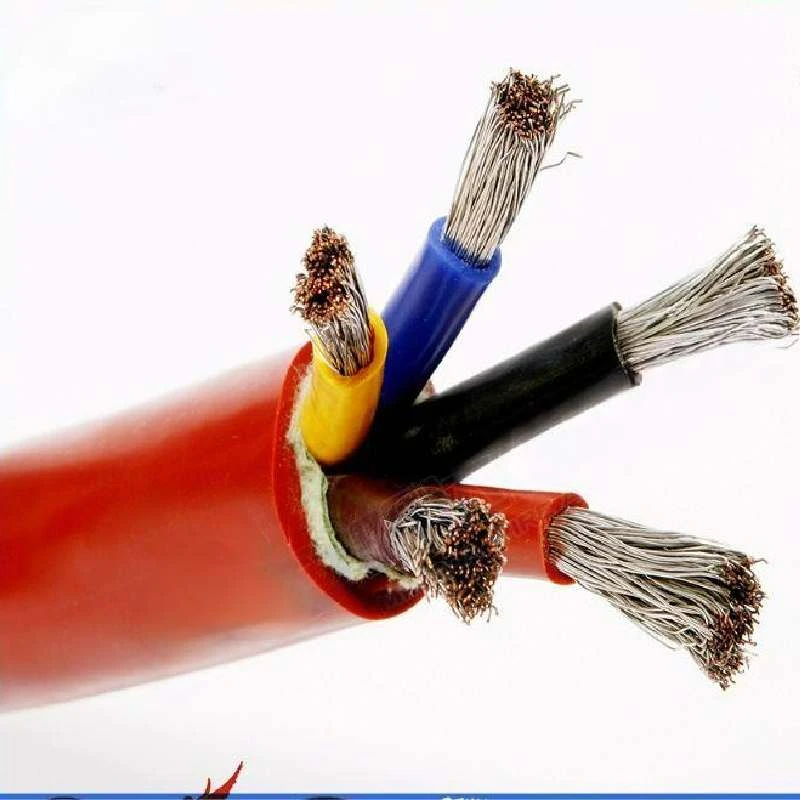Nov . 15, 2024 07:01 Back to list
air release valve
Understanding Air Release Valves Essential Components for Fluid Systems
Air release valves play a crucial role in fluid systems, particularly in applications involving water distribution, sewage management, and various industrial processes. These valves help manage trapped air within pipelines, ensuring efficient operation and preventing potential hazards. In this article, we'll explore the function, types, and importance of air release valves while also considering their applications in various industries.
What is an Air Release Valve?
An air release valve, often referred to as an air vent valve or air relief valve, is a device installed on pipelines to allow air to escape during operation. When a fluid flows through a pipe, especially liquids like water, air can become trapped in the system due to changes in pressure, elevation, or fluid dynamics. This trapped air can lead to issues such as pressure fluctuations, reduced efficiency, and even damage to the system if not properly managed.
The main function of an air release valve is to automatically release this trapped air when pressure builds up to a certain point, thereby maintaining an optimal flow rate and preventing air pockets in the pipeline, which can cause cavitation and operational inefficiencies.
How Air Release Valves Work
Air release valves typically consist of a float mechanism and a sealing system. When the pipeline is filled with fluid, the float rises with the liquid level, sealing the valve. However, as the fluid flows or if there are changes in pressure, air can accumulate above the fluid. This air pressure pushes the float down, opening the valve and allowing trapped air to escape. Once the air is released, the float rises again, sealing the valve. This automatic operation is crucial for maintaining pressure balance and ensuring smooth fluid flow.
Types of Air Release Valves
There are several types of air release valves designed for specific applications
1. Automatic Air Release Valves These valves function independently to release air as needed without manual intervention. They are commonly used in water supply systems.
2. Combination Air Valves These valves can function as both air release and air intake valves. They release air while also allowing air to enter the system to prevent vacuum conditions.
3. Pressure Relief Valves While not exclusively air release valves, they serve a similar purpose by releasing pressure from a system to prevent damage.
4. Float Type Air Valves Utilizes a buoyant float to control the valve opening, making them suitable for various applications where liquid levels can fluctuate significantly.
Importance of Air Release Valves
air release valve

The presence of air release valves in a fluid system is vital for several reasons
1. Preventing Water Hammer Trapped air can cause sudden changes in pressure, leading to water hammer effects—intense shock waves that can damage pipes and fittings. Air release valves alleviate these pressures and reduce the risk of water hammer.
2. Maintaining Efficiency Air pockets can impede fluid flow, leading to increased energy consumption and operating costs. By releasing trapped air, these valves ensure a smooth flow, enhancing overall system efficiency.
3. Protecting Infrastructure By preventing pressure surges and water hammer, air release valves help protect the integrity of pipelines and associated equipment, prolonging their lifespan.
4. Improving Safety In systems where fluid delivery is critical, such as in sewage treatment plants, air release valves contribute to overall operational safety by managing pressure and preventing potential hazards.
Applications of Air Release Valves
Air release valves find applications in various industries including
- Water Treatment and Distribution Essential in municipal water systems, ensuring smooth operation and consistent pressure.
- Sewage and Waste Management Used in wastewater treatment plants to prevent issues arising from trapped air.
- Industrial Processes Employed in numerous manufacturing and processing systems where liquids are transported.
- Irrigation Systems Facilitating efficient water flow in agricultural applications.
Conclusion
In conclusion, air release valves are integral components in fluid systems designed to alleviate pressure, enhance efficiency, and protect infrastructure. Understanding their function and importance can lead to better design choices and efficient systems. Whether in municipal water supply, sewage management, or any industrial application, investing in quality air release valves is essential for operational reliability and safety. As technology advances, these valves continue to evolve, ensuring they meet the demands of modern fluid systems while promoting efficiency and safety across various applications.
Share
-
Reliable Wafer Type Butterfly Valves for Every IndustryNewsJul.25,2025
-
Reliable Flow Control Begins with the Right Ball Check ValveNewsJul.25,2025
-
Precision Flow Control Starts with Quality ValvesNewsJul.25,2025
-
Industrial Flow Control ReliabilityNewsJul.25,2025
-
Engineered for Efficiency Gate Valves That Power Industrial PerformanceNewsJul.25,2025
-
Empowering Infrastructure Through Quality ManufacturingNewsJul.25,2025